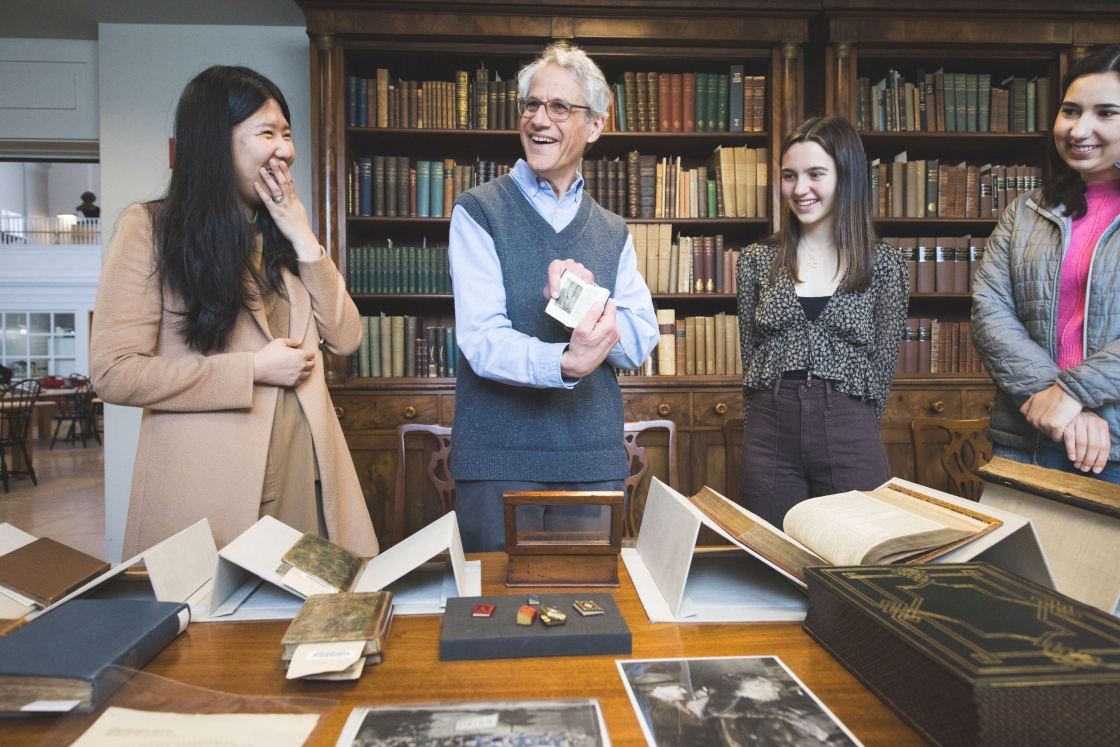
“Quite frequently in the computer security business, we invent things that are super-secure but hard to use, and people don’t understand them. We set out to make something that my parents and in-laws could use,” says Timothy Pierson, a doctoral student in the Department of Computer Science, in an Associated Press story, published by The New York Times, about a device dubbed “Wanda,” which Pierson created at Dartmouth.
Wanda “is part of a multi-university project to develop ways to protect patient confidentiality as health care increasingly moves out of hospitals and doctors’ offices and into the home,” reports the AP.
“Here’s how Wanda could work: A doctor sends a patient home with a Wi-Fi-enabled blood pressure cuff,” the story continues. “Instead of having to type in a passcode to connect the monitor to a home Wi-Fi network, the patient just points the wand at the device. Once that connection is made, blood pressure readings can be transmitted back to the doctor’s office.”
The AP reports that, “Pierson’s project is part a $10-million, five-year grant from the National Science Foundation to Dartmouth, Johns Hopkins University, the University of Illinois Urbana-Champaign, the University of Michigan, and Vanderbilt University.”
Read the full story, published 3/5/16 by The New York Times.
